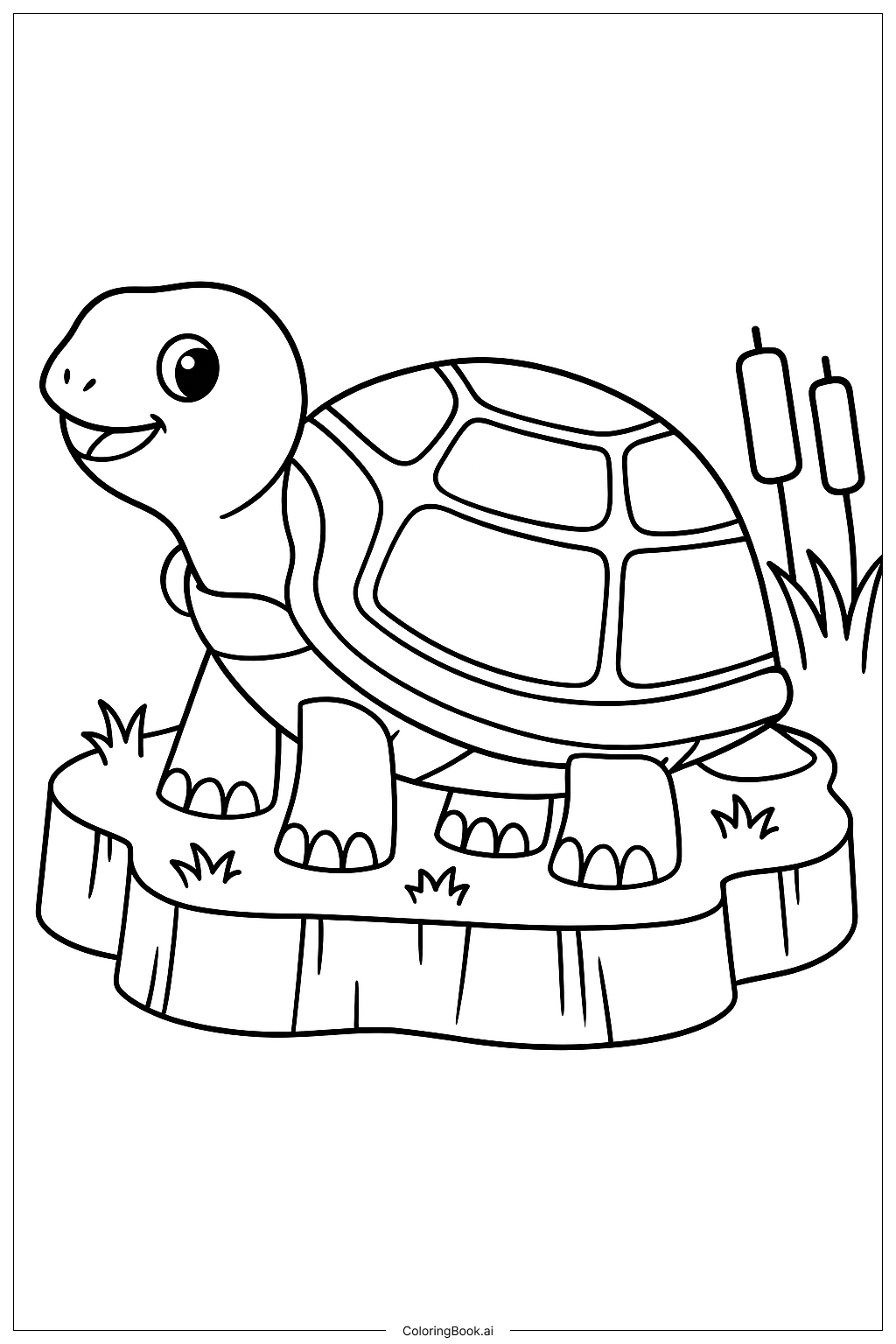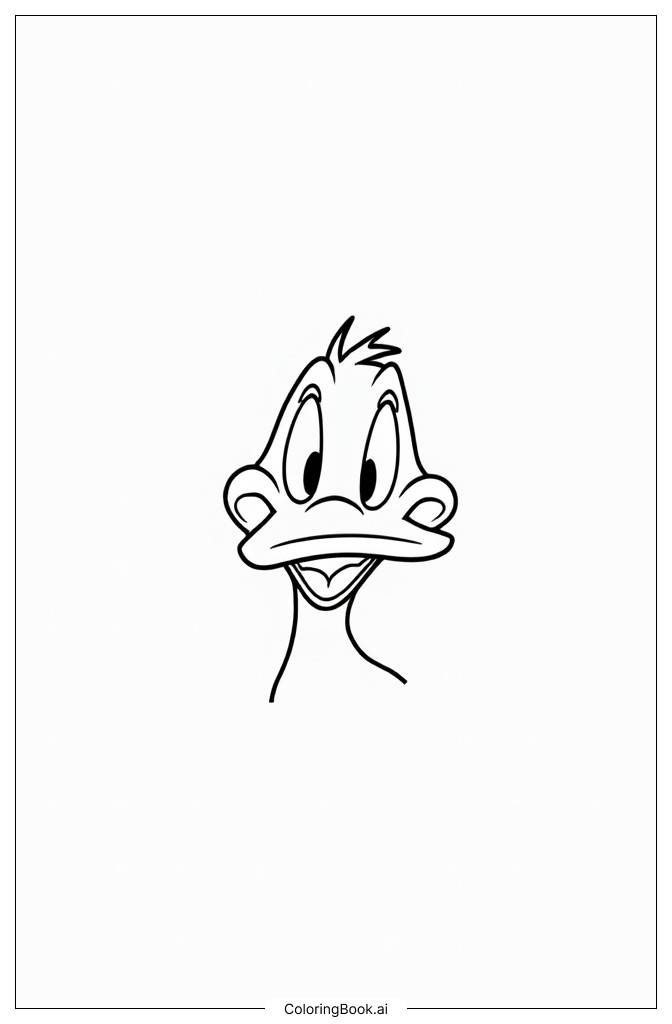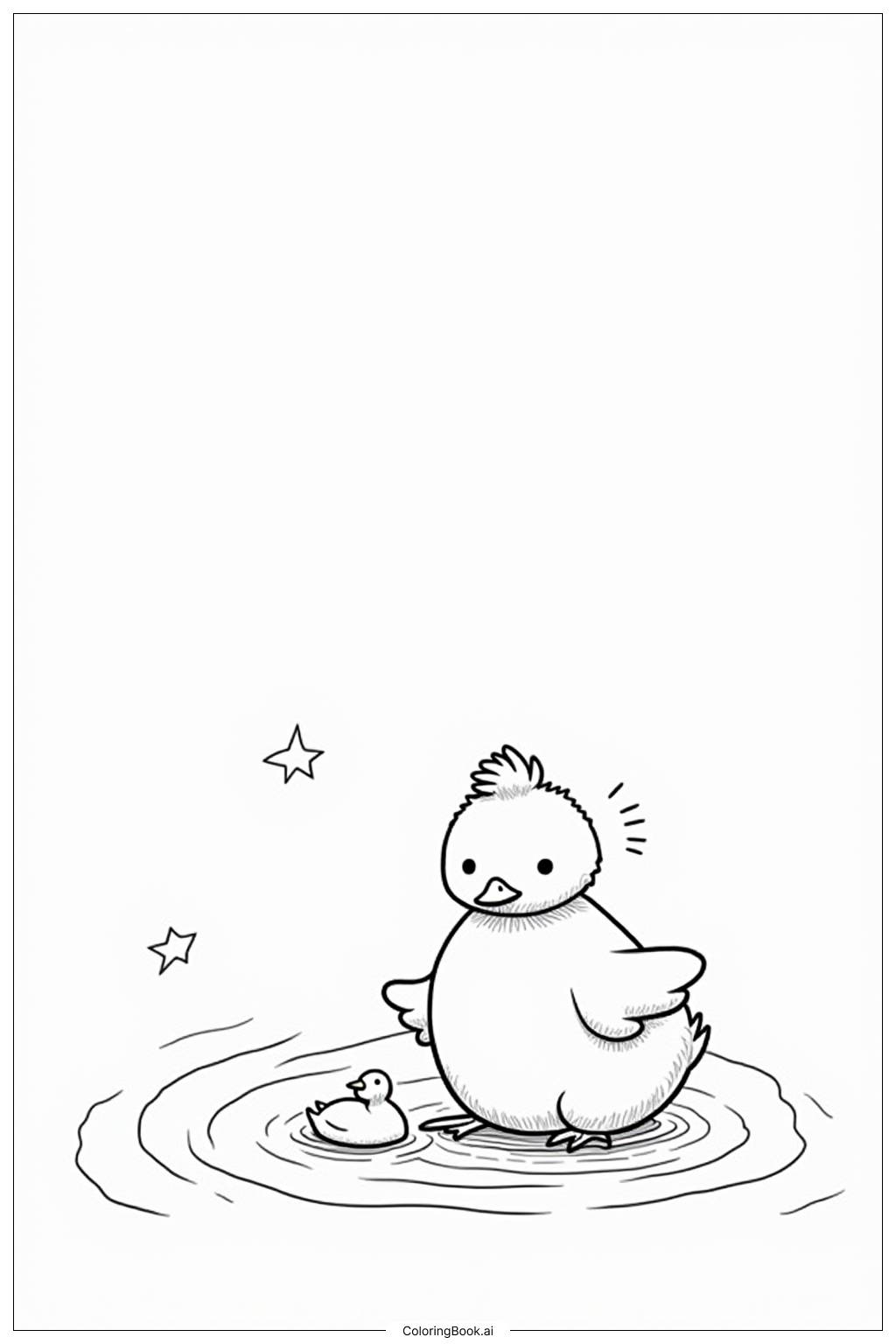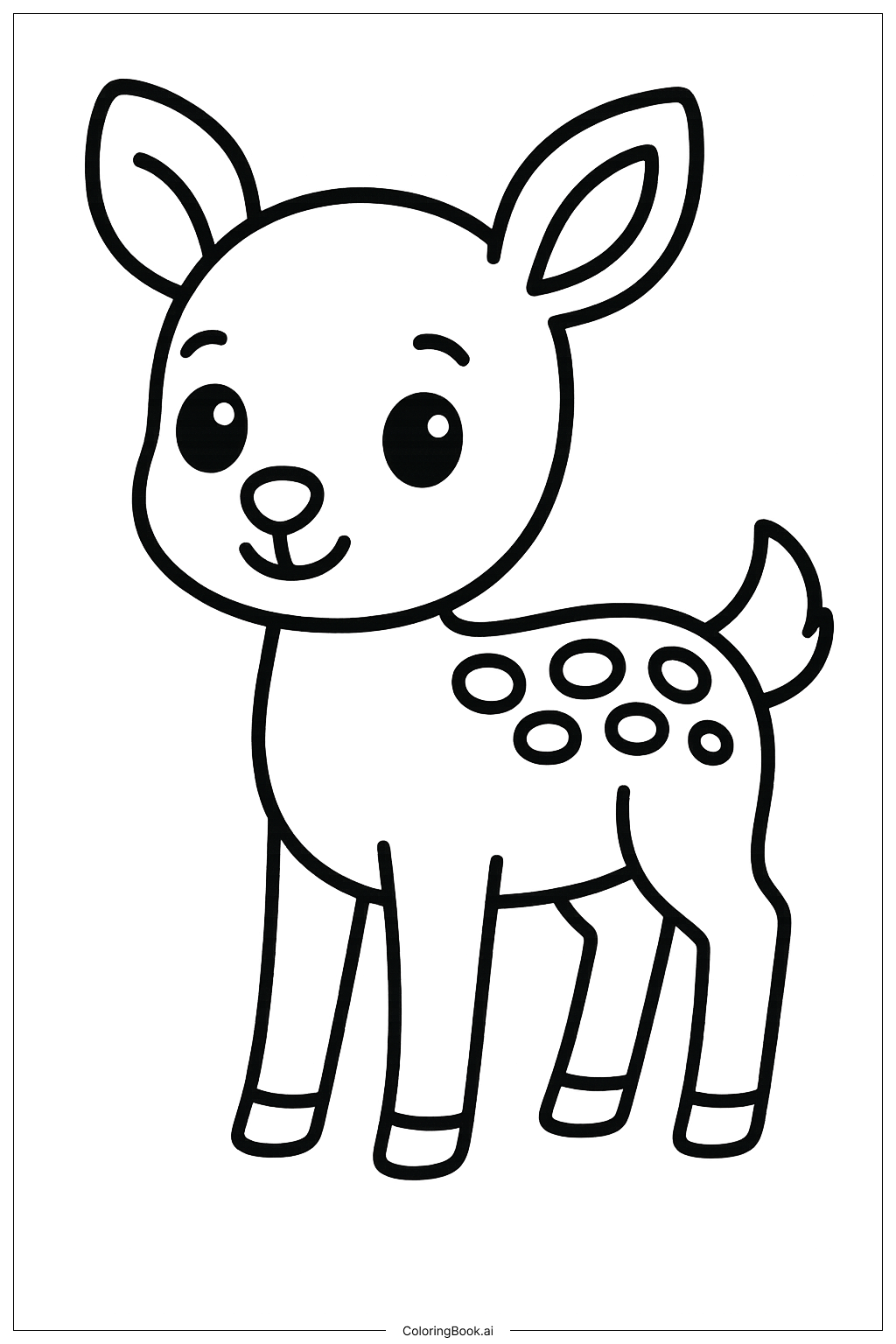Coloring tips: How to color Turtle on a small island coloring page well?
To color the turtle, use green and brown shades for the shell, adding highlights with lighter greens. The turtle's skin can be a bright light green or yellow for a cute look. The wooden stump can be colored in shades of brown to show wood grain. For the grasses and reeds, use various shades of green to create a natural look. You might consider using blue for the water around the island, adding a bright color contrast. Don't forget to add some colorful flowers or butterflies for extra fun!
Coloring challenges: Which parts are difficult to color and need attention for Turtle on a small island coloring page?
1. The turtle's shell has a lot of small sections that can be difficult to color evenly. It requires careful attention to stay within the lines. Kids might find it tricky to color the patterns without going outside the lines. 2. If the child wants to create a gradient effect on the turtle’s skin, blending different shades of green could be challenging for beginners. 3. The wooden stump texture may be hard to replicate, especially if they want to show the grain of the wood. This might require practice with coloring techniques. 4. Ensuring that the colors chosen for the background complement the turtle might be challenging. Kids may struggle with color combinations and contrasts.
Benefits of coloring books: Advantages of drawing Turtle on a small island coloring page
Coloring this turtle on an island inspires creativity and imagination. It allows children to express themselves through color choices. Coloring can improve fine motor skills as kids practice holding crayons or colored pencils. It also teaches them about patience and attention to detail. Furthermore, children can learn about turtles and their habitats while engaging in this fun activity. Coloring promotes relaxation and focus, helping kids to calm down and enjoy a quiet moment. This turtle scene is not just fun; it also encourages educational discussions.





